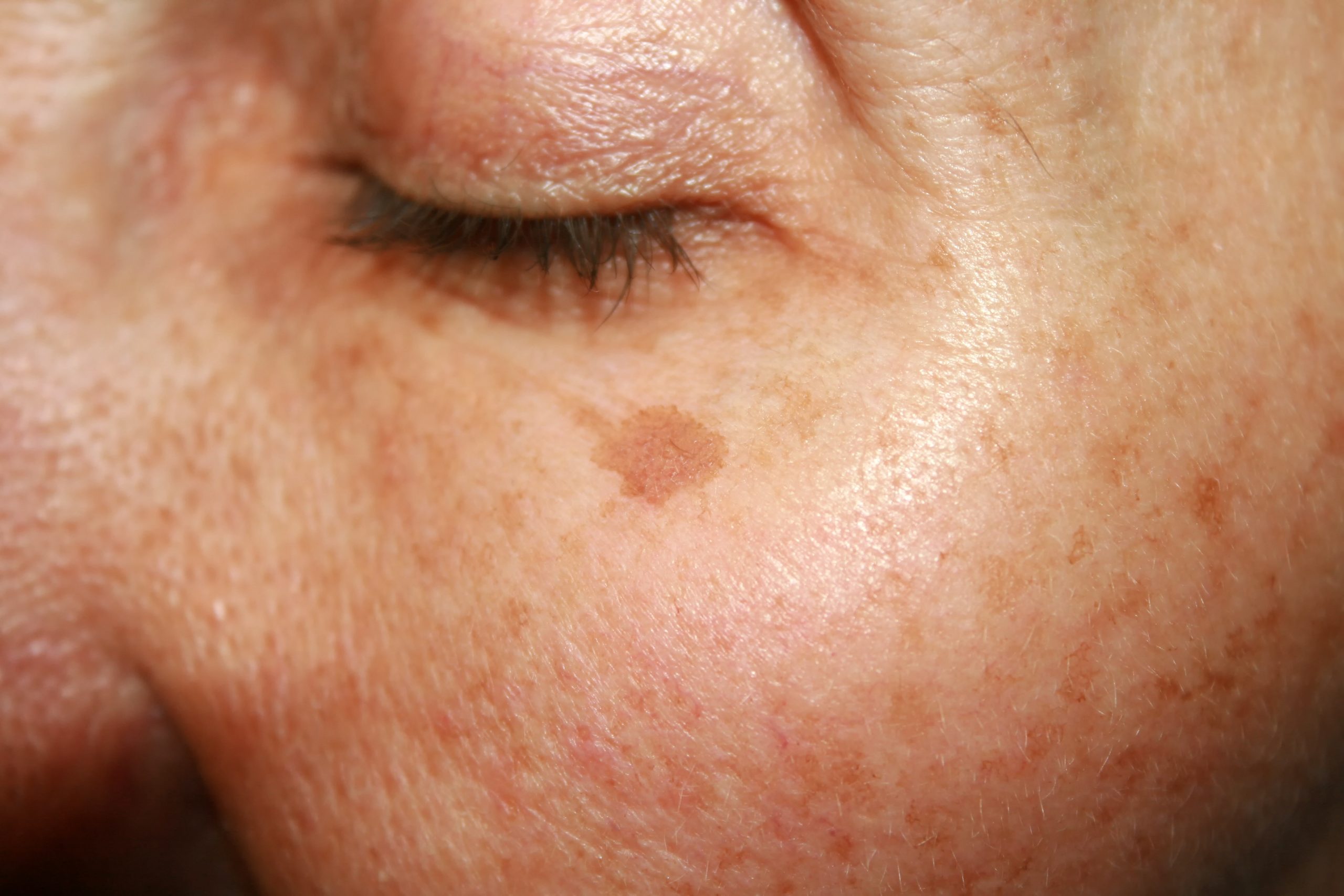An actinic keratosis, also known as a solar keratosis, is a common premalignant skin lesion. An actinic keratosis occurs when the cells that comprise 90 percent of the epidermis, the keratinocytes, change their size, shape or organization in a process called cutaneous dysplasia.This alters the texture of the skin surface and may extend deeper, into the dermis.
Such a lesion is typically caused by chronic exposure to sunlight, particularly ultraviolet light and is therefore mainly found on areas of the body most frequently exposed to the sun. While not a skin cancer, an actinic keratosis, left untreated, may develop into an squamous cell carcinoma, a form of skin cancer capable of metastasizing and even resulting in death. Although not dangerous in itself, an actinic keratosis must always be taken seriously and examined and treated by a dermatologist.
SYMPTOMS OF AN ACTINIC KERATOSIS
An actinic keratosis appears as a scaly reddish or tan lesion on the epidermis, or surface layer of the skin. It may manifest as rough or scaly skin, bumps, mottled patterns, or protrusions called cutaneous horns. Actinic keratoses usually appear on the face, including the ears and lips, or on the neck, arms and hands.The lesions may range in size from a pinpoint to several centimeters in diameter and may be yellow, brown, red or violet in color, and smooth, wrinkled or furrowed in texture.
TREATMENT OF AN ACTINIC KERATOSIS
Depending on the location and severity of the lesion, an actinic keratosis may be treated in a number of ways. The patient and doctor will decide on methodology in consultation. These may include:
- Cryotherapy, or freezing
- Curettage, or scraping
- Application of cream or ointment
- Chemical peeling
- Photodynaminc therapy using laser light

